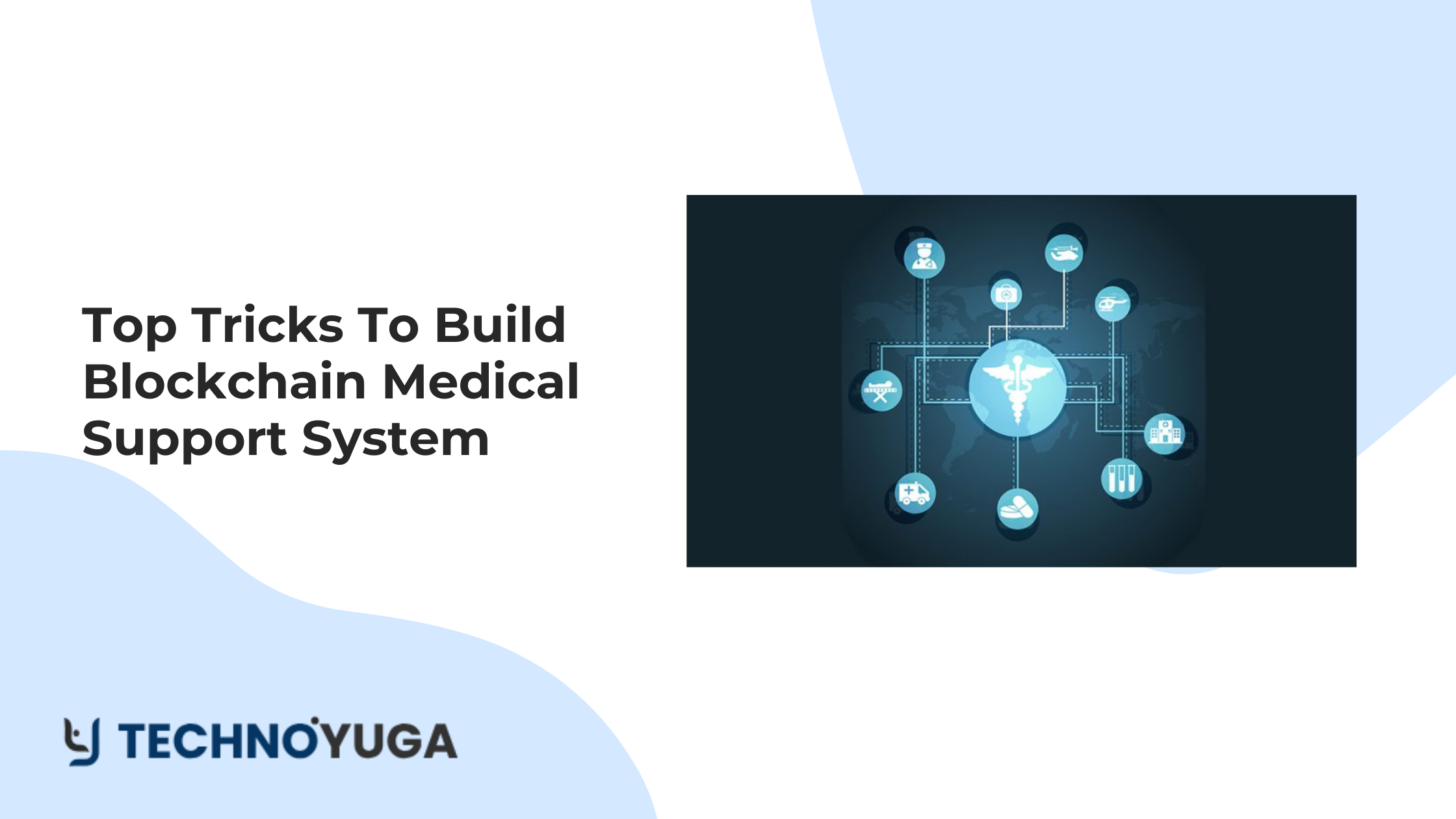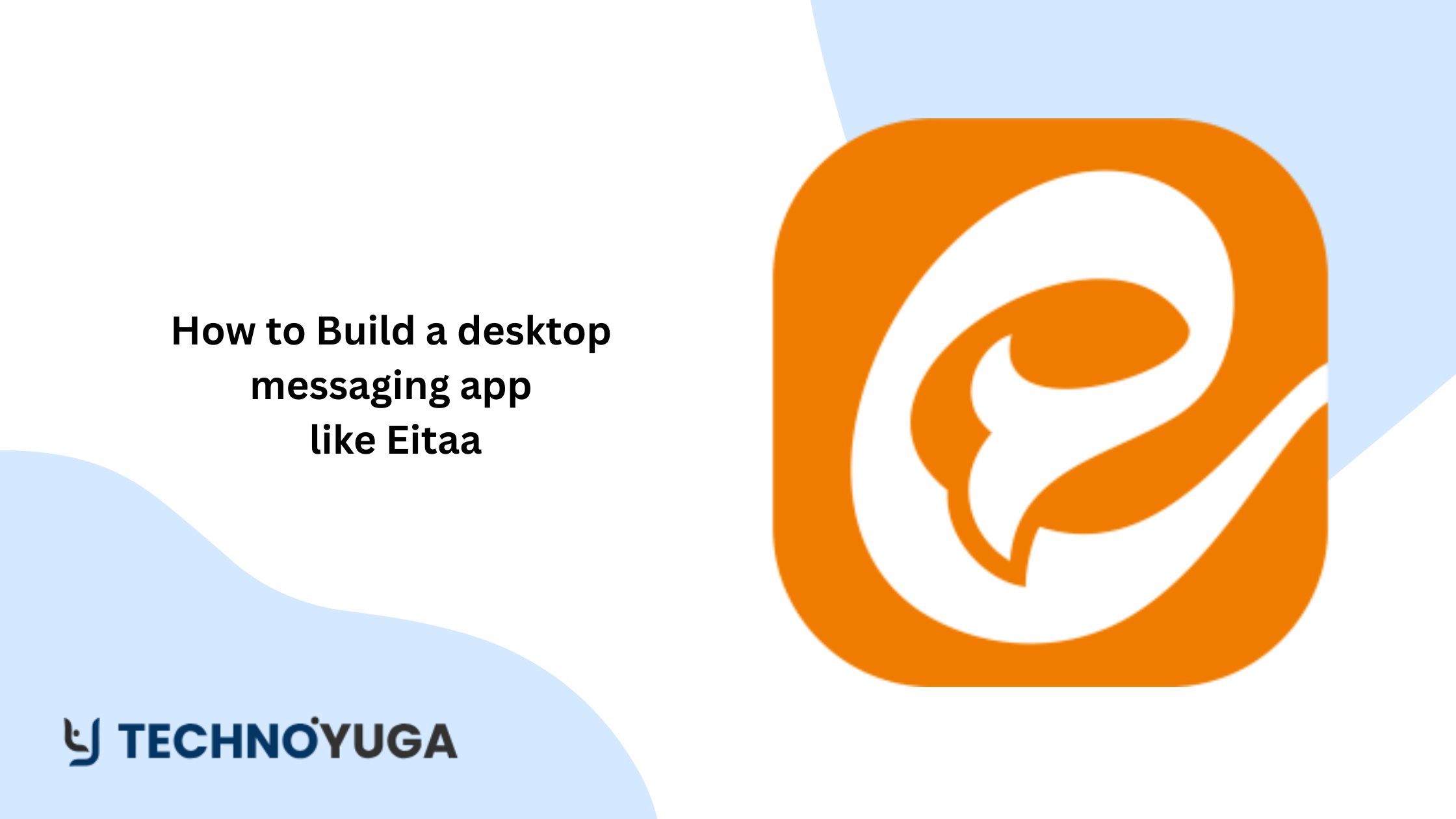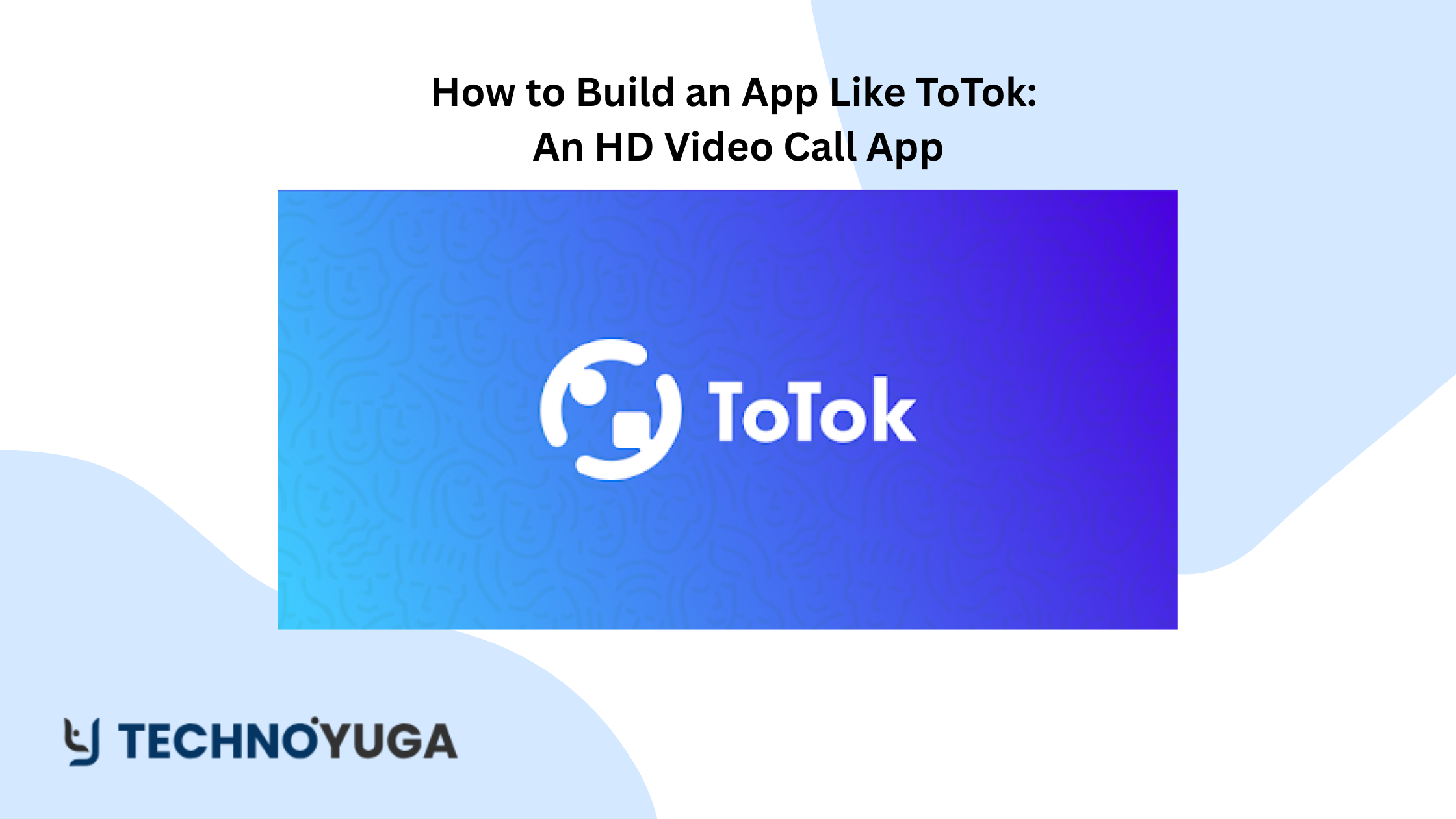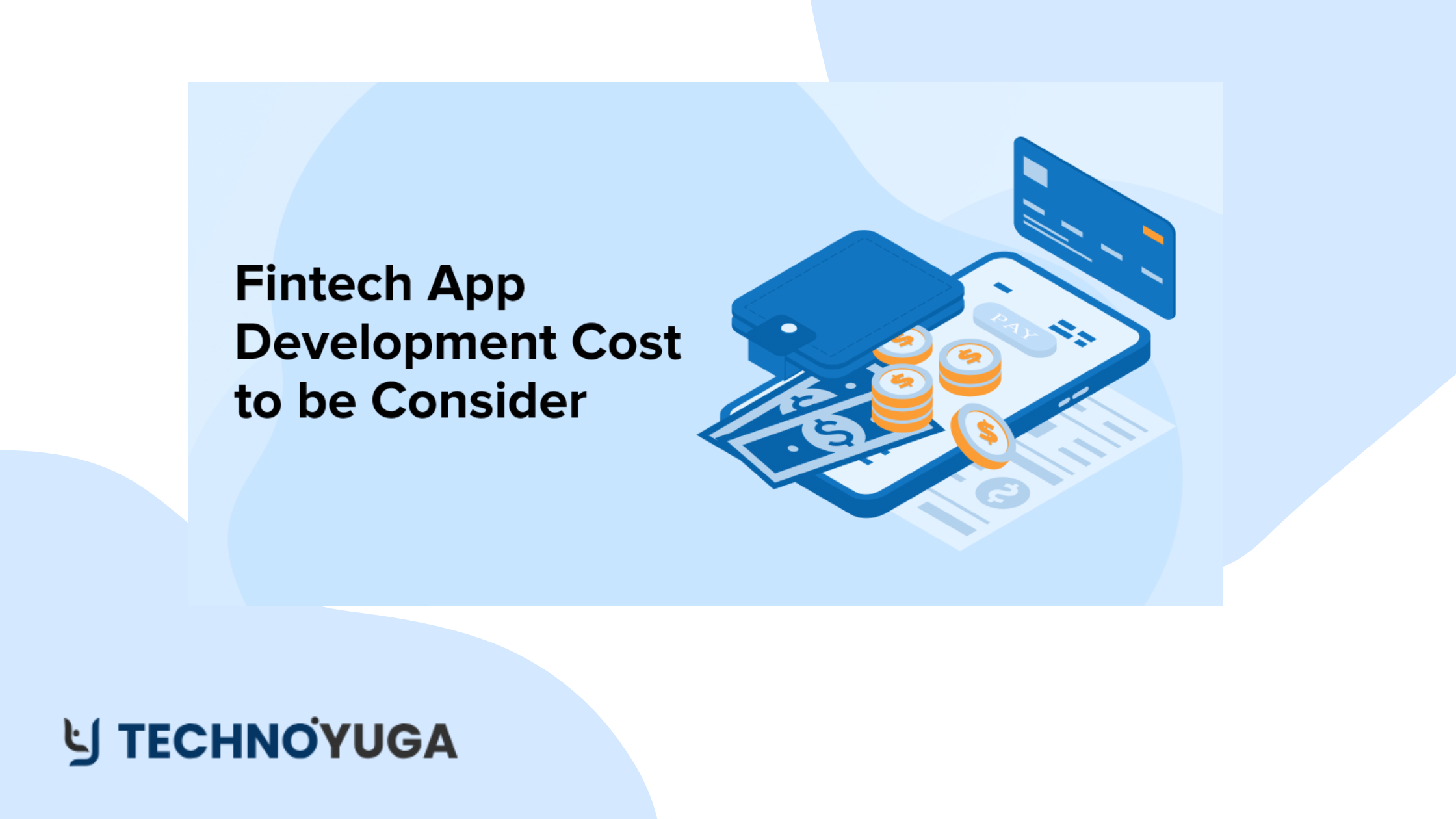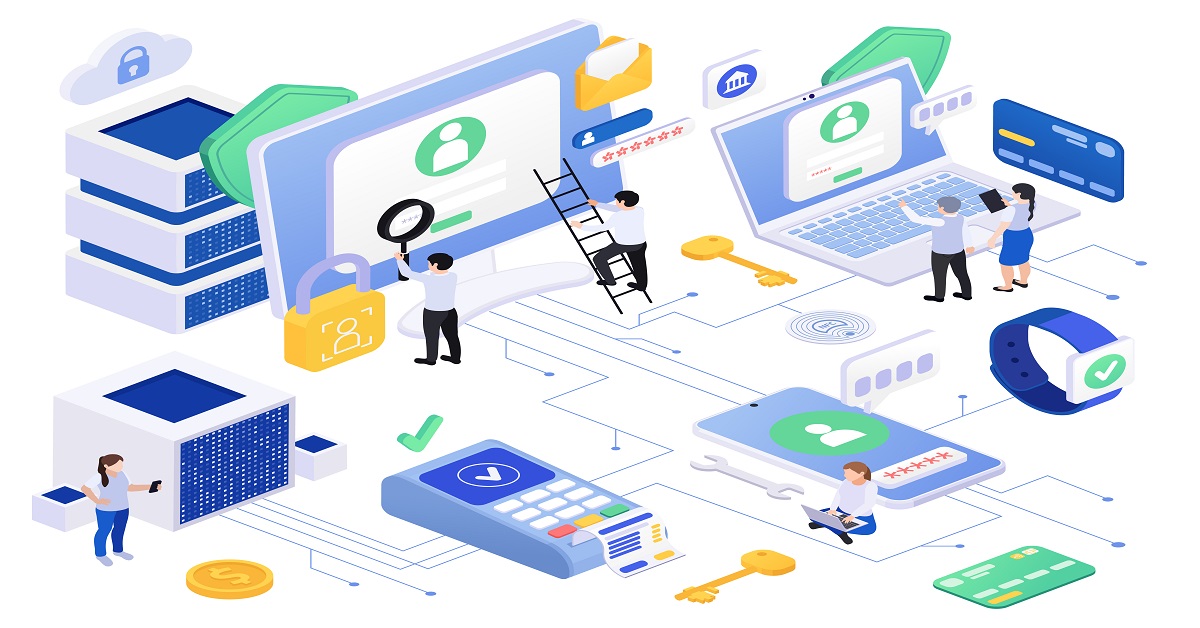Introduction
Current healthcare environment is constantly changing and improving and thus one should build Blockchain Medical Support System. Blockchain, which was initially associated with various cryptocurrencies, such as Bitcoin, can be used as a safe and efficient means of managing and transmitting personal health information. Through offering a permanent ledger, improving data reliability, and encouraging simple transactions in healthcare networks, this technology presents a significant opportunity.
Integrating a Blockchain Medical Support System Development Solutions is not only about adopting the newest and the most efficient technological solutions. It involves strategic thinking, careful approach, and good knowledge of both the concept of blockchain and the rules of the healthcare industry. The application of blockchain in health care brings a myriad of positive impacts such as; improvement of patient privacy and the management of the healthcare organization’s administrative activities.
In this article we are going to cover all points like, selection of the best healthcare app development company, reasonable cost of development. And the challenges you may encounter. And tips to overcome those challenges.
Overall this article will make sure that how can you assure the product’s scalability and compliance with other software and systems, security and privacy, and usability for the end consumer.
So, keep reading!
What Is Blockchain And How Can It Work With A Medical Support System?
Before understanding how to Build a Blockchain Medical Support System you must know what a Blockchain is and how it works with a Medical Support System.
Blockchain is a decentralized and distributed database system for storing transactional data in such a way that it maintains decentralization, security and transparency. Primarily created as a means of organizing virtual money, such as Bitcoin, it has since spread to other fields including the medical industry.
Specifically, in a medical support system, blockchain is capable of altering or shaping the storage and access of health data as well as sharing of this type of data.
Here’s how it works:
- Decentralized and Secure Data Storage: Data in the blockchain system is stored in blocks that are sequentially connected together like a chain. They each hold a timestamp and information pointing to the previous block – a structure that guarantees transaction integrity. Thus, the decentralized approach of the system implies no central hub that can be hacked and all the information compromised.
- Enhanced Data Integrity and Transparency: The decentralization makes sure that the recorded data cannot be tampered with, well, except for the fact that if a block is changed the following blocks also have to be changed and it is virtually impossible. This foster is very important especially in the health field, to uphold integrity of the records of the patients.
- Smart Contracts for Automation: Smart contracts are automatically executed contractual clauses that integrate terms directly into code. The health industry is among the fields that can benefit from application of smart contracts as it can ease processing of insurance claims, handling of consent forms and supply chain processes among others.
- Interoperability and Data Sharing: Blockchain development enables creation of a decentralized platform for the exchange of data between healthcare facilities, insurers, and the patient where privacy, security, and compliance with the law is ensured. Some positives to patients would be that they have more control in the management of their health information by allowing only those who have the right to access such information.
- Security and Privacy: They use sophisticated processes that make patient data to be encrypted and can only be accessed by authorized personnel. This aids compliance to legal requirements for data protection within the healthcare industry especially in countries like the United States where HIPAA regulations apply.
Key Components of Blockchain Medical Support System
Let us read about the major aspects of Blockchain Medical Support System:
Decentralized Ledger
At the core of any blockchain system is a decentralized ledger that is highly distributed and managed by nodes. It means that transactions and data entries are recorded in all nodes making it fully transparent and immune to forgery. In a medical support system, it is the record of patient details, diagnosis, treatment affairs, and any other medical information required.
Cryptographic Security
Cryptographic techniques are enhanced in blockchain to provide security. This involves making sure that the data such as the patients’ file cannot be manipulated by anyone and are encrypted. This is important with regard to patients’ Self-Authorization as well as compliance to healthcare industry rules and regulation.
Consensus Mechanism
A consensus mechanism is a means through which all the nodes in a blockchain network reach a one way decision on the validity of transactions. This mechanism is crucial for verifying the authenticity of transactions and preventing fraudulent entries in the decentralized database. Some of the common consensus algorithms used include; Proof of Work (PoW), Proof of Stake (PoS), and Practical Byzantine Fault Tolerance (PBFT).
Interoperability Protocols
Interoperability solutions provide the means by which one blockchain platform and/or healthcare solution can interact and share information with other blockchain platforms and solutions. This guarantees patient’s data will be retrievable and usable through technology interfaces by patients, care givers, and healthcare providers thus enhancing care.
Patient Identity Management:
A well-functioning identity management system guarantees that the patient record has a proper identification number to avoid confusion and duplication on the Blockchain. It can eliminate fraud cases and provide a reliable link to medical records to an individual, improving data credibility.
Challenges in Developing Blockchain Medical Support Systems
Here are the challenges you may face during the process of Developing Blockchain Medical Support Systems:
Regulatory Compliance
Health care industry is highly regulated because it involves the industry of very sensitive information of patients. One of the most significant challenges is to make sure that blockchain solutions meet all the legal requirements. For instance, HIPAA in the United States or GDPR in the EU. These regulations are a challenge that must be faced by the blockchain developers to achieve the desired goal and be legal for the technology that is used.
Interoperability
While collecting, accessing, and sharing data, it is crucial to remember that healthcare systems may employ different standards and protocols. One of the major challenges is to ensure that a blockchain-based medical support system can be easily integrated with EHR systems, LIS and other applications of healthcare. It is only fitting that the goal of interoperability in the industry calls for standardization and the collaboration of all the stakeholders involved.
Scalability
The decentralized nature of blockchain networks can also present a challenge with scalability since the performance of the networks tends to decline where a large number of transactions and data flow is expected. In the context of a medical support system where data access and processing speed plays the key role. It is critical to ensure that the system can handle requirements of the healthcare providers that use the system without compromising the efficiency of the blockchain.
Data Privacy and Security
Though by adopting blockchain, the security aspect may boost, safeguarding critical healthcare information in a dispersed setting, is a problematic issue. To promote data privacy and security one has to incorporate measures such as encryption, access controls for data, security measures for sharing the data to minimize or eradicate unauthorized access or leakage of information.
Cost and Resource Requirements
Creating and sustaining a blockchain-based system for medical support may involve significant financial and material investment. The creation of the blockchain, as well as its ongoing evaluation and modification, entails considerable expenditures in both personnel and equipment. Managing the costs against its anticipated advantages is a key concern in healthcare organizations.
User Adoption and Training
The feasibility of the blockchain support system in the medical field relies on the acceptance of our work from different stakeholders ranging from medical practitioners, hospital managers, and the patient. Overcoming resistance requires training users appropriately. It creates interfaces that users will appreciate and learn to prove that the system is beneficial. The negative attitudes towards change, as well as the time required to adapt to the new technology, can stifle its adoption.
Top Tips and Tricks to Build a Blockchain Medical Support System Effectively
Here are tips and tricks that will elevate your Blockchain Medical Support System Development and with these strategies you can also cutdown above challenges:
Choosing the Right Blockchain Development Company
The first and important step is always to choose the right blockchain development company with which to embark on your medical support system. Begin with a selection of contractors who have successfully implemented complex projects in blockchain and healthcare applications. When choosing your solar company, make sure that it has a portfolio displaying its work in this area. Client feedback should be reviewed in order to determine the credibility of the clients themselves.
It is important that the company has an adequate knowledge of the regulation laws within the sector since compliance is crucial. They should be aware of requirements such as which ones apply to HIPAA in America or GDPR in Europe. A knowledgeable company will be able to assist you in dealing with such opaque regulations while incorporating the use of blockchain.
Furthermore, it is also important to focus on those that provide high quality technical support, together with experienced developers, engineers, and analysts. Discussion and cooperation are crucial, so work with a company that understands your requirements and reports back frequently with useful information.
So, choosing the right partner can help to eliminate the risks. It also makes the process of developing the Blockchain Medical Support System more efficient and meets all the legal and technological demands.
Cost Management
Cost control is central for implementation of a Blockchain Medical Support System while keeping the costs within the planned estimate. The initial step is to draw up a precise financial forecast of all manageable costs, extending from the creation of the site to its ongoing upkeep. This will assist you in identifying and managing costs from the onset while seeking for a financier.
To avoid Cost to building a Blockchain Medical Support System, it should use blockchain platforms with established infrastructure like Ethereum or Hyperledger. These platforms have strong parameters that can be adjusted according to you; the amount of coding you have to do from the ground up would be relatively small.
Plan for its rolling out in stages by starting with the minimum viable product ( MVP ). This way allows you to test the concept and check if it is feasible, and if not, make the corrections before going to a full-scale development. It also assists in reducing the period required to finance such projects and also by spreading costs over time.
Make sure to check and fine-tune your budget at least weekly and compare it with the project timeline or any additional costs that might arise.
Ensuring Scalability and Interoperability
Maintaining the scalability and interoperability of your system will be crucial for the blockchain medical support system in the long run. Considering scalability while constructing the system means that the complexity of data and transactions being processed can expand alongside the number of users.
Interoperability is equally significant since your system should also connect seamlessly with other healthcare apps as well as electronic health records or EHRs. This integration can be done in compliance with conformity standards and practices, including HL7 and FHIR. Be sure that your development team is familiar with these standards to build a system that works with other technologies used in healthcare.
It is important that scalability and interoperability tests be done at different stages of the development process. Also perform endurance tests to see how the system can handle large volumes of data and transactions. Furthermore, conduct cross checks with other healthcare organizations to assess feasibility of integrating with their databases.
Prioritizing Security and Privacy
Security is crucial in the healthcare sector, and blockchain offers great solutions in terms of security for medical records. The first step is to employ the best encryption methods to accompany storage and transfer of all patients’ information and all transactions. This safeguards data by preventing it from being accessed or stolen by unauthorized individuals.
Another important area is access control. MFA and RBAC should be implemented to limit access to the systems only to the intended personnel with the right permissions. This helps in avoiding situations where some important data gets into the wrong hands and this makes it that only those who have the clearance can have access to the data.
The use of a keyword such as HIPAA or GDPR is crucial in the healthcare industry. That is why it is highly recommended to perform security audits and vulnerability assessments on a timely basis in order to minimize the risks of vulnerabilities in the system. Additionally, ensuring that one is in touch with the regulatory changes and that one’s system complies with fees will ensure compliance and safeguard patient information.
User Experience and Interface Design
Developing an intuitive interface for a Blockchain Medical Support System is vital for the system’s effectiveness. It is recommended to begin with the identification of the requirements of the healthcare professionals and clients. Another important aspect is that the interface should be clearly structured and easy to use, thus enabling users to easily find and use the information. Use a less elaborate style which can be easily understood by the target population and prevent confusion.
Collect feedback from the users while coming up with the application development lifecycle. This is helpful in determining the flaws and whether the final product adequately suits the needs of the targeted clientele. It can also be done on a regular basis to identify problems in the interface for their improvements. Include the deaf culture and accessibility to ensure that the system is effective for disabled individuals.
Users must be trained and supported in an appropriate way to enable them to use the system effectively. Instructional handouts, self-helps and support can work to familiarize users with the system. To make sure the Blockchain Medical Support System is efficient and adopted it is necessary to consider the user experience as the highest priority and update the interface according to the feedback received.
Utilizing Smart Contracts for Automation
Smart contracts are automated contracts in which the major part of the contract terms is coded. In a Blockchain Medical Support System, they may incorporate themselves in many structures, thus minimizing the work load and friction. For example, there can be auto claims where treatments details can be checked using smart contracts and payments can be made without any human intervention.
Through supply chain management, smart contracts also reduce the complexities of supply delivery of medical necessities by having it done by the blockchain networks. This helps to avoid delays and also makes sure that the health care providers have all the essential materials at the appropriate time.
Make sure that the smart contracts are well vetted to check for loopholes or mistakes that they may contain. Consult with specialists in the field of law to determine that the contracts have not violated any rules and would perform the functions for which they were designed. The integration of smart contracts can help to increase credibility, speed, and reliability of the Blockchain Medical Support System.
How much does it cost to Build a Blockchain Medical Support System?
With this table we will help you to understand how much does it Cost to Build a Blockchain Medical Support System on the basis of countries . So, have a look:
Country
|
The Cost
|
Conclusion
While you are planning to build Blockchain Medical Support System encompasses diverse challenges in regulatory requirements, integration, expansion, and security. With these challenges put into consideration and the right measures taken. The use of blockchain in healthcare organizations can be helpful in improving patient care, reducing costs, and protecting information.
In case, you are not willing to go through the rigors of developing a Blockchain Medical Support System, then do consider engaging with Technoyuga Soft. As a part of a popular on demand app development company, our professional developers understand blockchain technology. They have coherent applications for the healthcare industry, so you will receive customized recommendations.
